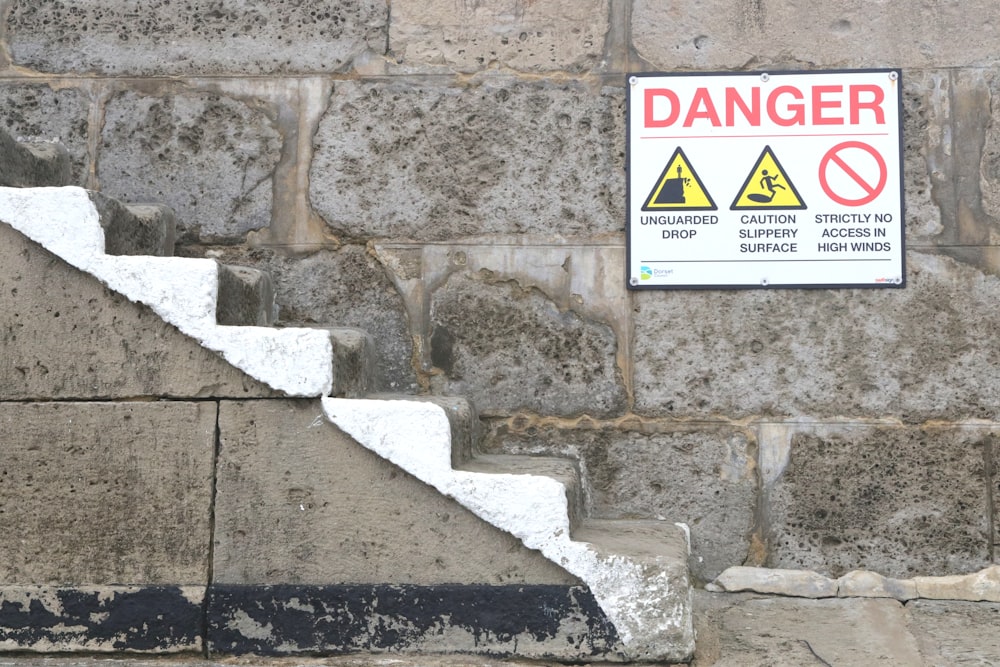Risk is inherent in everything we do. When it comes to risk management at work, we have to accept that risks cannot be completely removed. However, there are many ways to manage risks that businesses should consider.
In corporate terms, risk management is an essential part of smooth and responsible operations. One of the most important parts is the analysis of risk – and the varying levels and forms it can take in relation to your company.
So, let’s run through some of the best ways to improve your risk management systems.

Outline your remit from the start
One of the greatest risks facing organisations is a lack of clarity in operations. If people are unsure of what they are responsible for, things can be forgotten or neglected. Most crises occur due to simple lack of clear communication.
Outline your expectations, and ensure that everyone working on your site signs off on their responsibilities when it comes to managing risks.
Risk management at work from the get-go
‘The sooner the better’ is the mantra for risk management. If you can work to identify risks before projects start, the greater chance you have of mitigating potential problems. Use the system of Early Warning Indicators (EWIs) to track issues for each individual task. Make sure to embed this vocabulary in your corporate processes.
If this sounds a little complex for the number of simultaneous tasks you’ve got going on at your company, don’t worry. Risk Management Systems give you access to a clear risk assessment interface, allowing decision makers to catalog risk assessments quickly and easily, and use strategies to mitigate and manage identified risks.

Record all risks in a risk register
When you are running through risk assessments, make sure to record them in a way that genuinely helps. It’s all well and good having someone analyse what might go wrong, but if the appropriate people at the appropriate time aren’t aware of it, what’s the point?
Recording risks across the company helps paint a bigger picture, which in turn allows you to diffuse the information to the people who will be held accountable. Using an embedded risk matrix, like the one available at Beakon, will drive consistency in risk ratings. As such, you are able to analyse and put into levels of priority all the currently known risks. Furthermore, you’ll be able to estimate the impact of each risk by running through the probability and severity of each issue at hand.

Take a positive attitude to responsibility and ownership
One of the most crucial parts of mitigating risks to individuals and organisations, is the engendering of a positive outlook to risk management. This is down to the way risk is communicated from the top down. Risks don’t have to be fraught with negativity. They also present opportunities to develop the way the company operates within certain situations. So, encourage everyone in the company to keep an eye out for ways to improve or highlight risks in their particular area.
Spotting potential safety issues, suspected fraud, or security breaches, is one thing. But creating a culture where anyone witnessing risks will take responsibility rather than waiting for someone else to sort the problem out, is another.
So how does this attitude get built? It’s not as easy as it sounds. But, one of the best ways to make sure everyone is as empowered to speak out and take action as possible, is to implement good risk analysis training. Putting together effective learning can be tricky, but by using LMS platforms, you can deliver safety, risk, compliance, and analytics information in one easily accessible system.
Improve your risk management at work today
Speak to our risk management experts at Beakon to discover how you can level up your risk management strategy.

